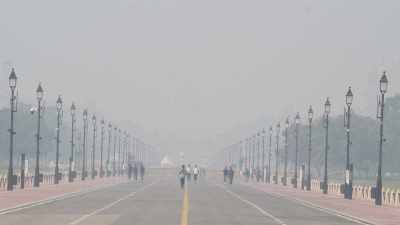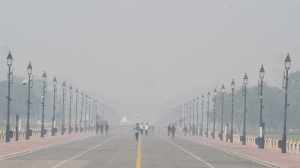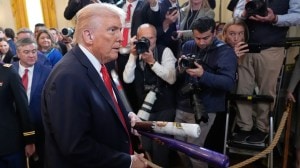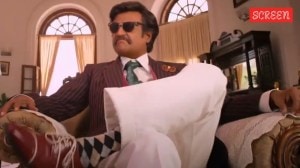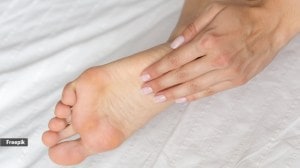Best safety bets: LED torch, potable water, a BlackBerry and some common sense
The deadly attacks in Mumbai, which targeted areas favoured by tourists, including two of the city’s most luxurious hotels...

The deadly attacks in Mumbai, which targeted areas favoured by tourists, including two of the city’s most luxurious hotels — the Taj Mahal and the Oberoi Trident — have raised concerns about the safety of guests at even the best accommodations.
“While terrorist attacks are not new to India, the November 26 Mumbai terrorist attacks in part targeted American citizens and other Westerners for the first time and tragically demonstrate that even in five-star luxury hotels, security is not equipped to deter such attacks,” the State Department said in a December 4 travel alert that urged Americans to exercise caution in India.
The violence came two months after a truck bomb devastated the Marriott in Islamabad, Pakistan, and 10 months after a suicide bombing attack on the luxury Serena Hotel in Kabul, Afghanistan.
As embassies in conflict zones become better fortified against terrorists, “hotels have become second embassies,” said Rohan Gunaratna, author of Inside Al Qaeda and the head of the International Centre for Political Violence and Terrorism Research in Singapore. “If hotels understand the threat and put robust security measures in place, this current wave of terrorist propensity to attack hotels can be deflected.”
The compelling survival stories of travellers who were caught up in the three-day siege on Mumbai show there was no pattern to what ultimately saved them. Some barricaded themselves in their rooms while others took cover in hotel conference areas or simply fled.
Lynne and Ken Shaw of Wales told the BBC that they hid under a table while the attackers stormed the Taj Mahal. In the interview, they said that “little decisions that night — just timing — saved our lives”. At one point, when they were being led out of hiding, gunfire broke out in the corridor. “My life was saved because as I was running I stumbled, and I think that really saved me, as I fell back into the room,” said Lynne Shaw.
Technology came into play in some rescues. Michael Beagelman, chief executive of Concierge International Agents, was able to exchange text messages with a British client at the Taj on her honeymoon. Beagelman was able to provide her name and that of her husband to the British Commonwealth Office.
In light of the attacks, the Association of Corporate Travel Executives is recommending that travellers going to areas where their safety might be compromised put together a kit with four essential items — a flashlight with an LED bulb to signal for help; a hand-held water purifier in case the water isn’t potable; a portable radio; and a cellphone or a BlackBerry.
“Events in Mumbai indicated a sophisticated attack on two levels, both cultural and commercial,” said Susan Gurley, the association’s executive director adding that business travel managers plan to re-evaluate their hotel contracts with an emphasis on guest security. New contracts are expected to require hotels to train their staffs to evacuate the building ; to provide detailed floor charts to security officials; and to have a surveillance system.
Plus, cautious guests could “ask for a room above the second and below the seventh floors,” said Ralph Witherspoon, a security consultant from Cleveland. “Criminals and terrorists can easily access most ground-floor rooms, and most fire department ladders won’t reach above the seventh floor.”
“Count the doors between your room and the nearest exit,” recommends the State Department. “This could be a lifesaver if you have to crawl through a smoky corridor.”
Security experts suggest loading into your cellphone emergency numbers like those for your local embassy or your hotel, and letting at least two people know where you are going. According to Damon Brenner of global services at Control Risks, a consulting company, “if you do the little things, like knowing where the nearest fire exits are, it will mitigate the risk of being caught in the wrong place at the wrong time”.





- 01
- 02
- 03
- 04
- 05


